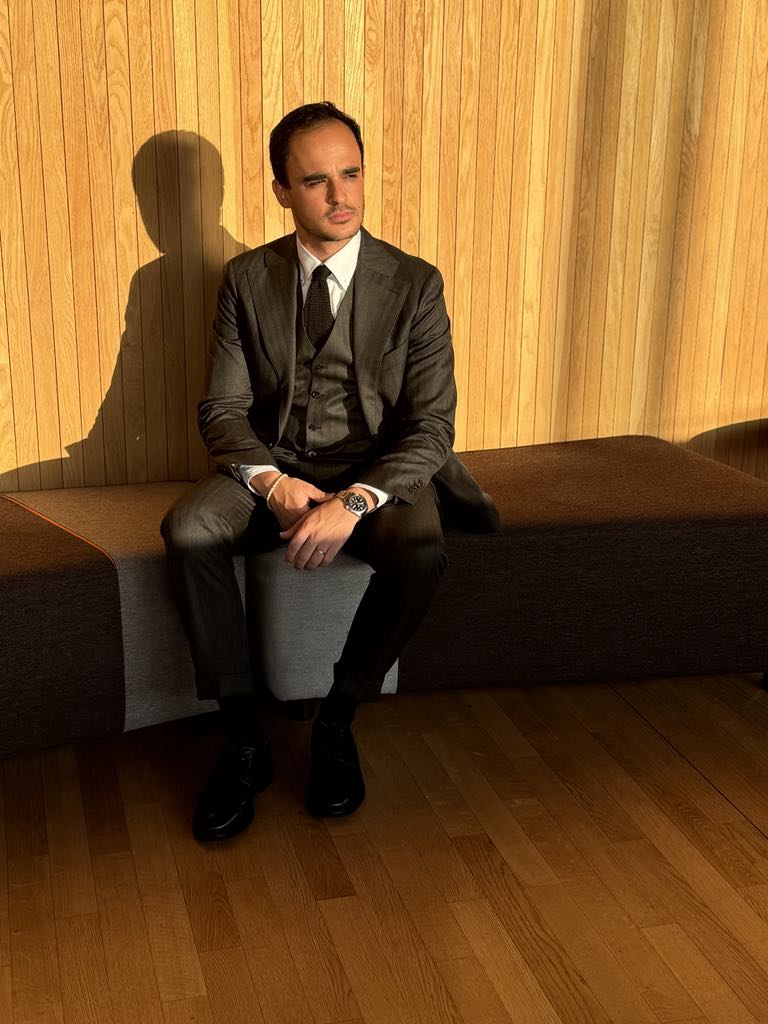Wearing a suit is a craft, one rooted in tradition, proportion, and personal expression. When done right, a suit doesn’t just make you look good; it communicates confidence, competence, and taste. But all too often, simple mistakes can unravel even the finest tailoring.
I believe good style is about awareness, not rigidity. The idea is not to order you to follow the rules, but to explain why they exist and why following them will serve you. Of course rules are meant to be bent, but that comes later with experience: You must learn the rules before you can master them, and only then can you bend them with true elegance.
So here’s my list of common suit mistakes, explained with empathy, and solutions that help you stay sharp without sacrificing personality.
Buttoning all the jacket buttons
This is a common mistake: closing every button on your suit jacket.
Why should you avoid this? First, it’s a convention. But most importantly, it is not meant to be closed, it restricts movement and alters the intended drape of the jacket, making it look too tight and a bit stiff.
The rules:
- Two-button suit: Only button the top.
- Three-button suit: Middle only (top optional).
- Three-piece suit: When wearing a three-piece suit, meaning with a vest, the last button of the vest should not be closed. The jacket will preferably be left open.
- Double breasted suit: For 6×2 double-breasted jackets (meaning only two active buttons among six), it is preferable to leave the bottom button as shown below.
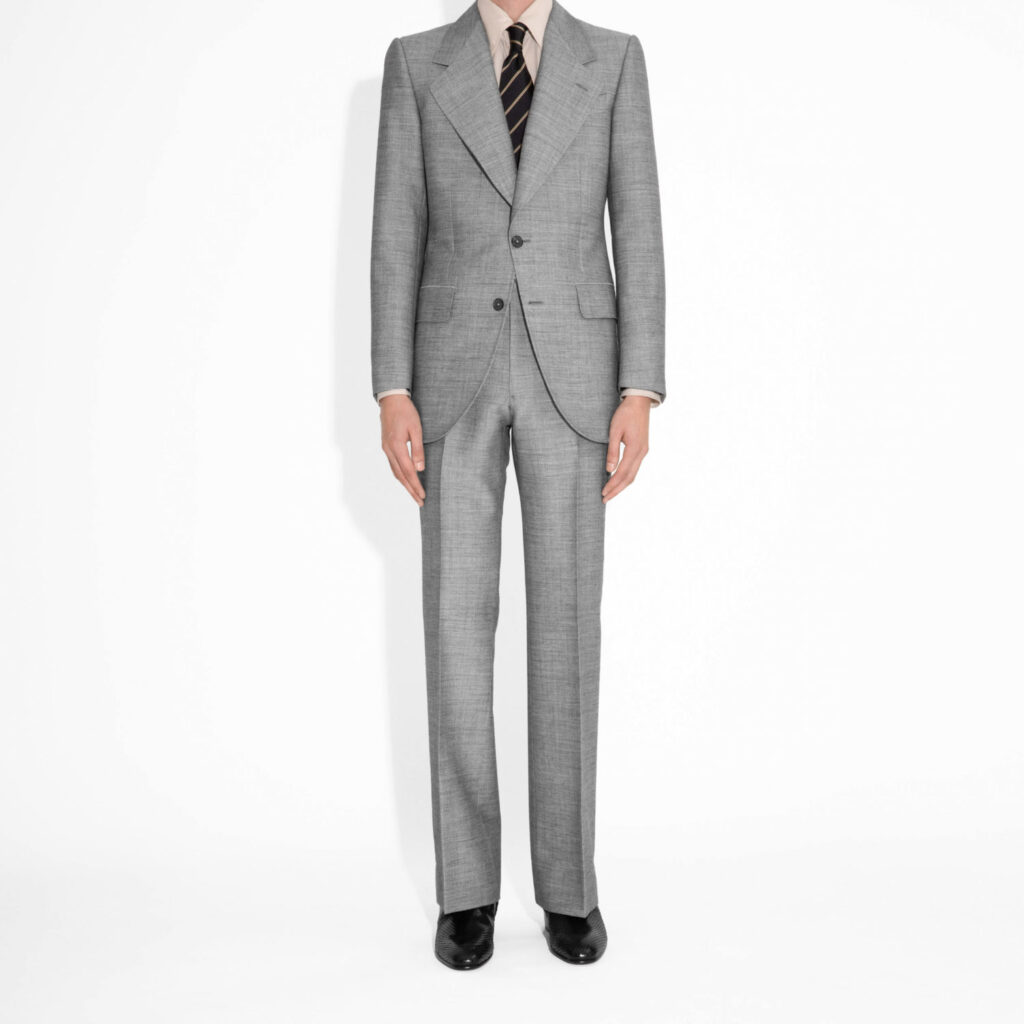
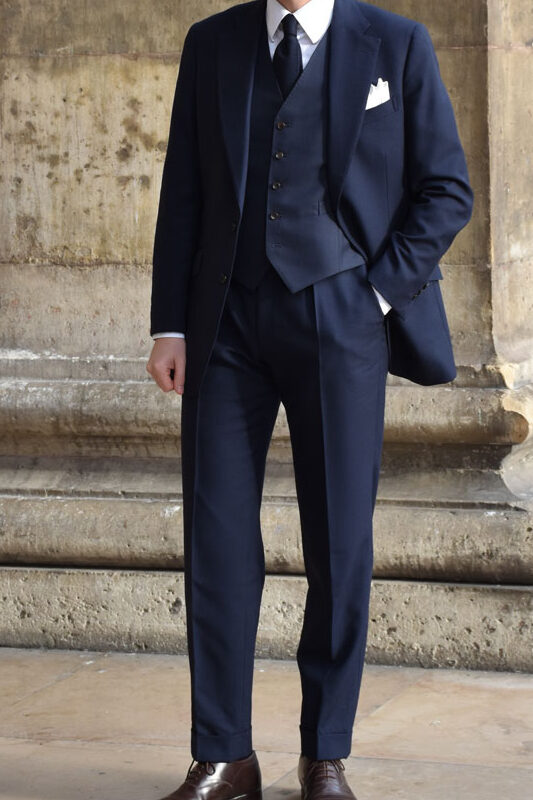
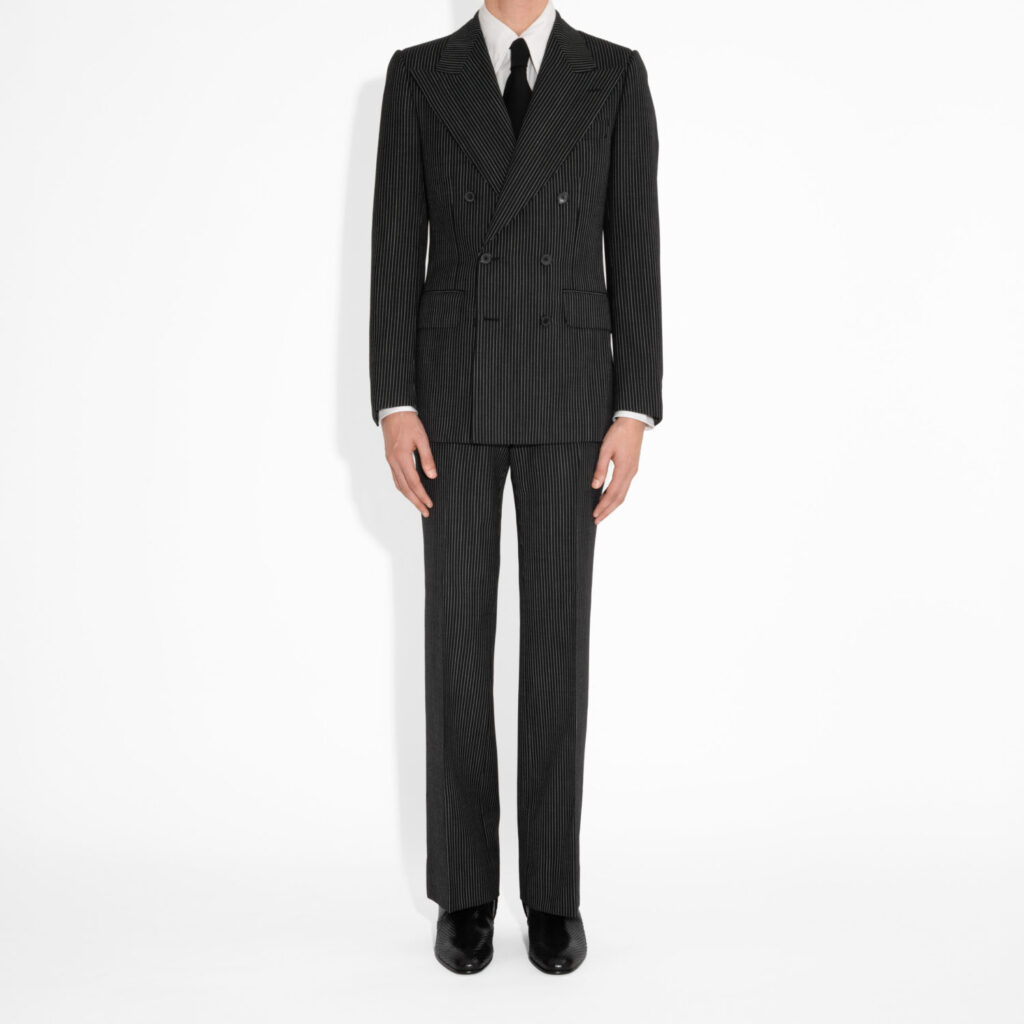
Shirt collar too small
Wearing a shirt with a tiny collar is never a good idea, and unfortunately it has become the norm in recent decades in ready to wear. But especially under a nice suit jacket, it throws off the entire visual balance of your outfit.
Why it matters: A suit’s appeal lies in harmony. The lapels, shirt collar, and tie form what I call the “triptych of proportion”, three elements that frame the face and should speak the same visual language. When the shirt collar is too small, it gets lost between wider lapels and a properly sized tie knot. This creates disharmony, making the outfit feel “off”.

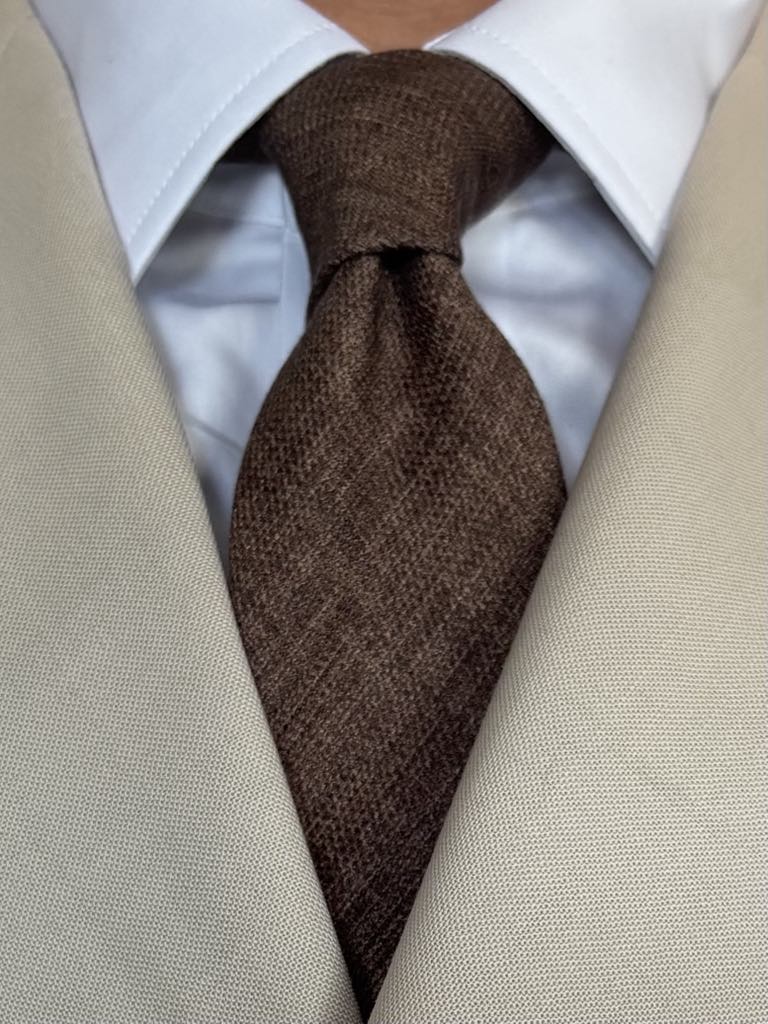
The triptych of proportions
Untucked shirts
A suit jacket over an untucked shirt is not “relaxed.” It’s just sloppy.
Why? An untucked shirt creates awkward proportions. The shirt hem hangs below the jacket, breaking the line of the outfit and distracting the eye. Rather than elongating your frame, it draws attention to your midsection, making your legs appear shorter and your torso unusually long.
But most importantly: The ideal male silhouette, both in classical art and tailoring, is best captured by da Vinci’s Vitruvian Man: balanced, upright, and well-proportioned. In menswear, this translates to a long leg line and a shorter, well-framed torso. An untucked shirt reverses that effect entirely.
A better approach: Always tuck in your shirt when wearing tailoring. This keeps your proportions clean and your silhouette intentional. If you want a more relaxed look, opt for unstructured separates, soft tailoring, or more casual garments.

Wearing white or short socks
Nothing breaks the spell faster than white athletic socks, or exposed leg hair, peeking out beneath a perfectly tailored suit when you sit down.
Why it matters: Socks are part of the whole visual composition. White socks create a jarring contrast, and short socks reveal your hairy calves when sitting (although this is different if you choose to wear your summer suit without socks, and with loafers for example), neither are elegant.
The better way: Always wear knee-high dress socks when wearing formal trousers.
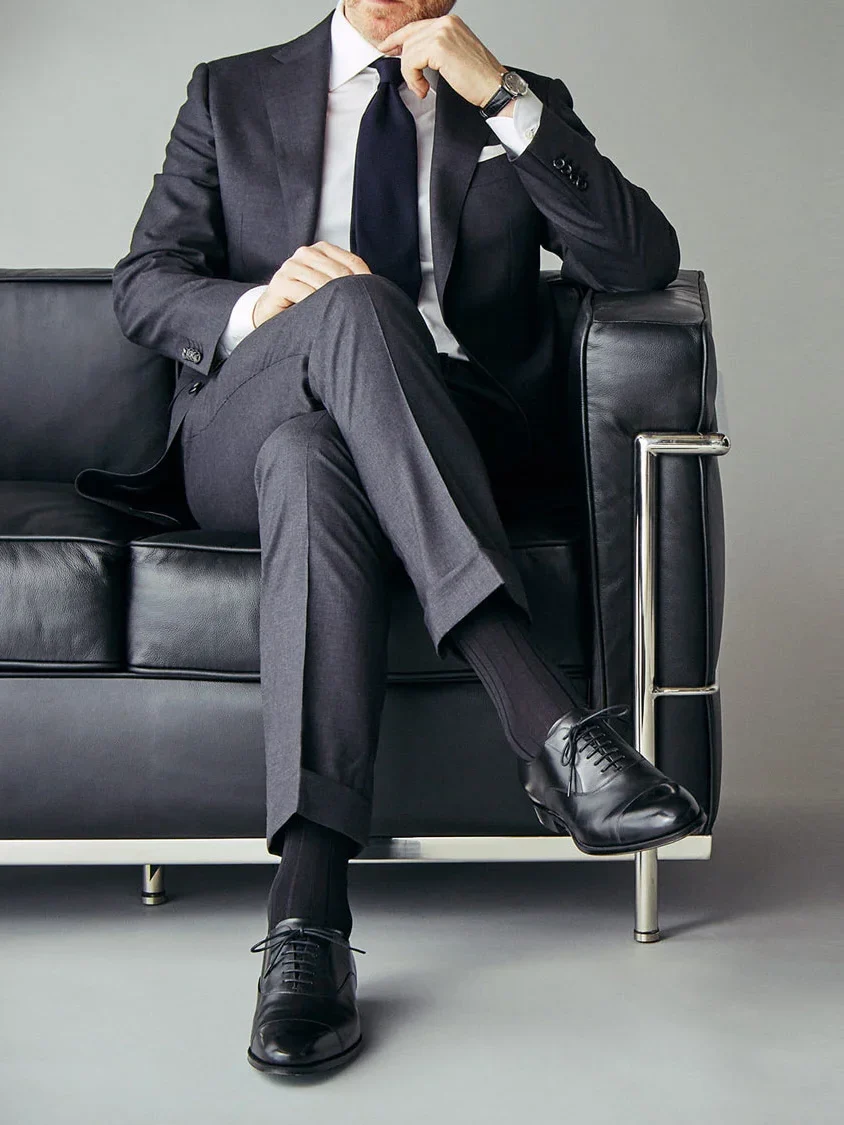
Matching tie and pocket square exactly
It might seem counter-intuitive, but matching your tie and pocket square in the same fabric and pattern actually undermines the look.
Why avoid it? To quote Hugo Jacomet, founder of Parisian Gentleman: “Elegance is nonchalance”. Another way to describe this cultivated nonchalance is through the Italian concept of Sprezzatura, a term so central to my view of elegance that it deserves its own dedicated article.
The problem with matching your tie and pocket square exactly is that it kills any sense of spontaneity, of nonchalance, of subtle imperfection. True elegance comes from controlled effortlessness, and this kind of obvious coordination feels forced, unimaginative, and ultimately… inelegant.
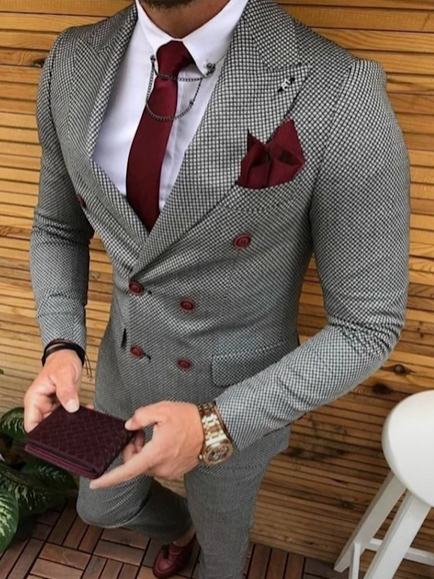
Overusing accessories
A tie bar, lapel pin, pin collar, bracelet, cufflinks, even pocket watch… all at once? That’s not flair; it’s visual noise.
Why it matters: Style is about editing. Too many accessories distract from the suit itself.
Tip: Stick to two standout details max. Let them speak clearly and confidently.
As Coco Chanel said: “Before you leave the house, look in the mirror and remove one accessory.”
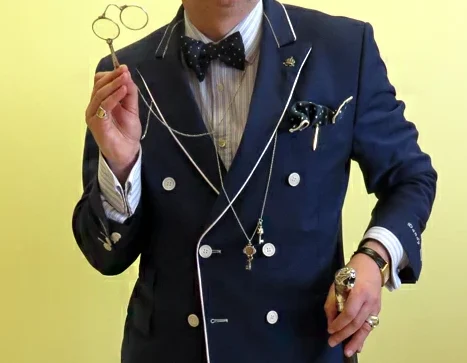
Wearing too casual shoes
Sneakers with a suit? It’s an eternal debate. Some can pull it off, but without a bit of experience, it’s a tricky exercise in balance.
Why it matters: Footwear anchors your look. Too casual shoes throw off the suit’s formality and disrupt the harmony of the entire outfit. Your shoes should match the formality of your outfit. See the article on the Formality Scale.
Exceptions: Sleek, minimal sneakers can work with the less formal suits. Just know the difference, and the setting.
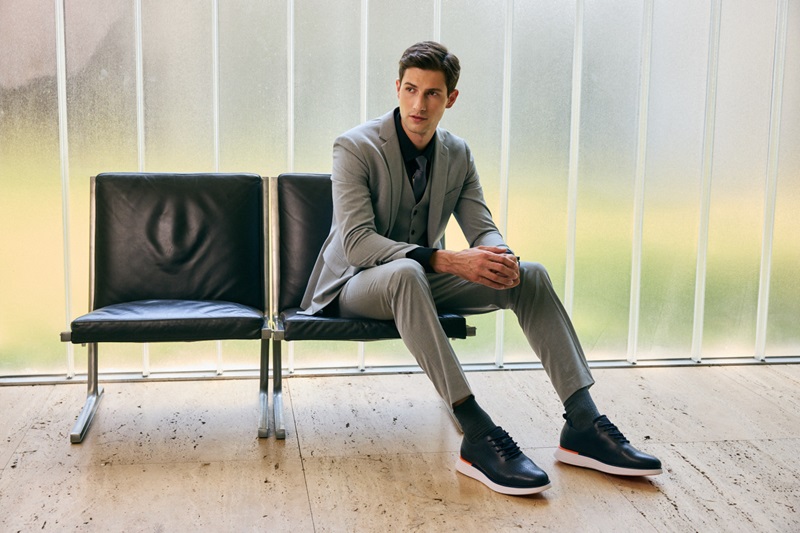
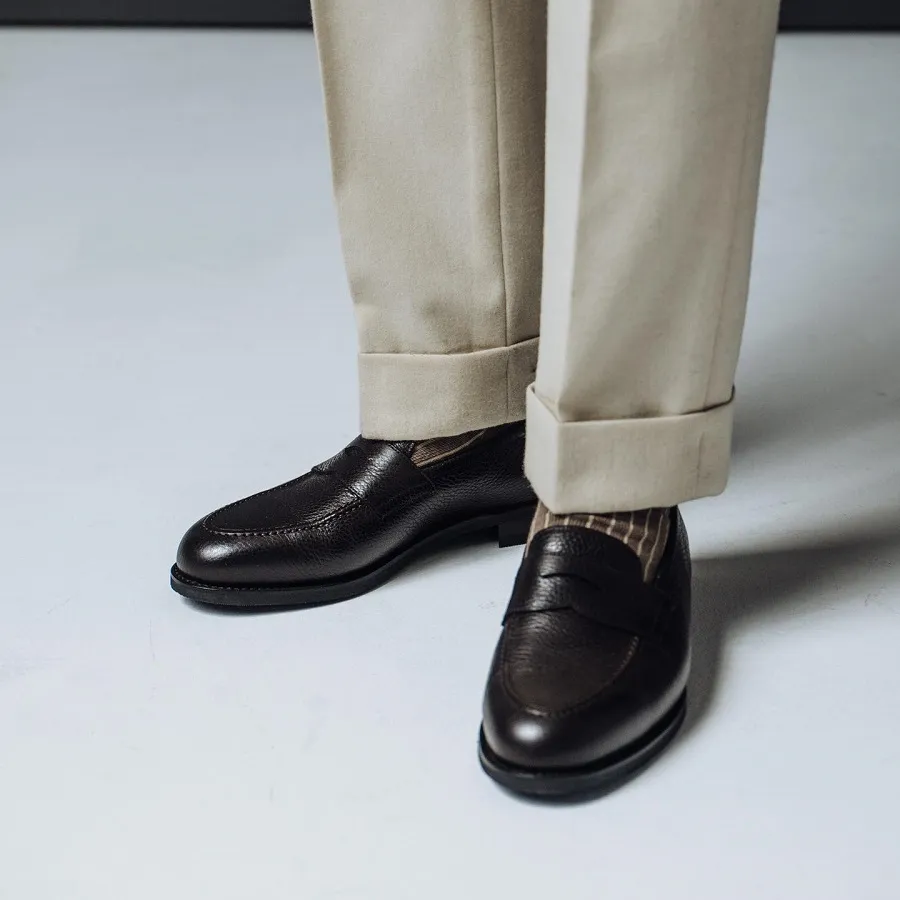
– Morjas Loafers
Wearing flashy belts
A belt can be a functional accessory, but when it becomes the loudest part of your outfit, it pulls attention away from what matters: your overall elegance.
Why it’s a problem: Bright colors, oversized buckles, or flashy designer logos disrupt the clean lines and subtle harmony of a suit. A suit should whisper confidence, not shout for it.
My personal take: I often prefer suspenders (the good kind, not the clip-on type). Proper buttoned suspenders not only keep your trousers sitting correctly, but they also elongate your silhouette and maintain a smoother waistband line. For three-piece suits (with a vest), I advise against wearing a belt, as it breaks the silhouette. The purpose of the vest is to create visual continuity from the torso to the trousers, so suspenders, if needed, are the best option here.
Another great solution is to have side adjusters on your trousers, thus removing the need for belts or suspenders.
Tip: If you wear a belt, choose one in a leather that matches your shoes. In my opinion, this rule applies even to casual wear, though I’ll admit, that’s a personal preference.
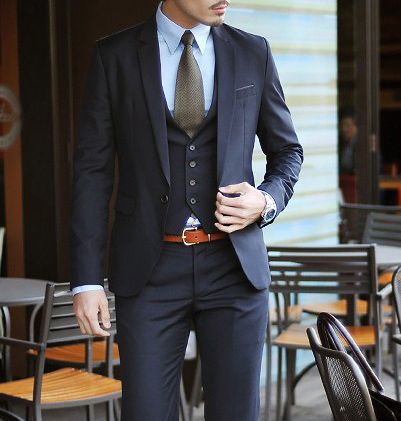
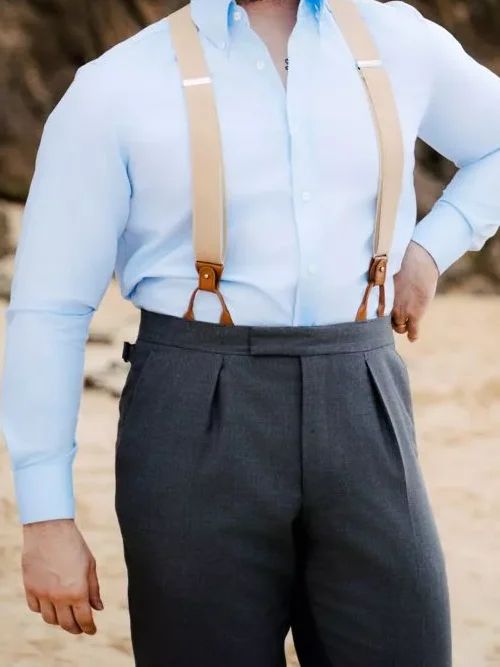
Leaving on the brand tag or stitching
This one may seem obvious to many of you but I have seen it too many times not to mention it. Those X-shaped stitches at the back vents or sleeves? They’re there for transport, not for show.
Why you should remove them: Leaving them on says, “I just bought this.” It also restricts movement and looks unfinished. Please, take two minutes, use a small scissors, and remove sleeve tags and vent stitching before wearing.
Wooden bow ties
Ah my personal favorite. They might seem quirky or artisanal, but wooden bow ties do not work with tailored clothing. Or with any clothing really.
Why it’s a no: A wooden accessory lacks the fluidity, subtlety, and movement of real fabric. Instead, it feels stiff, costume-like, and, let’s be honest, more like a novelty item than a serious style choice. It’s a gadget, not a garment.
A better move: Choose a silk or wool self-tie bow tie in a matte, textured finish. It should feel tactile, timeless, and in harmony with the softness and drape of your suit. That’s the kind of detail that whispers elegance and never shouts.
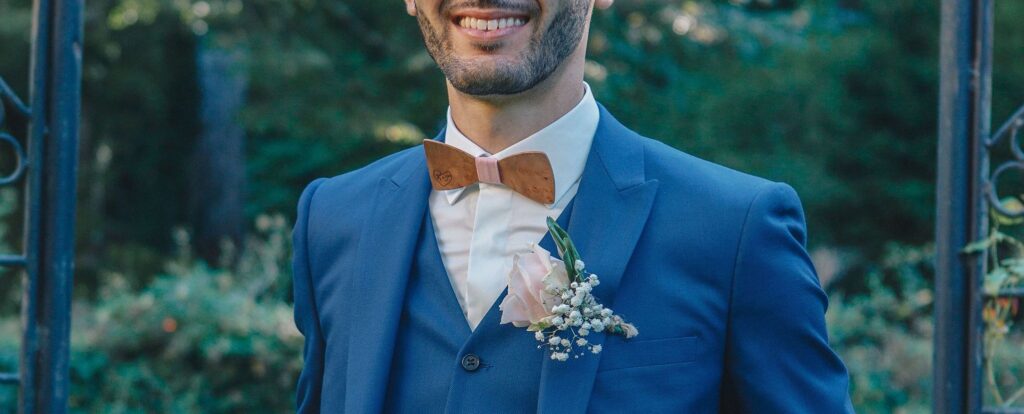
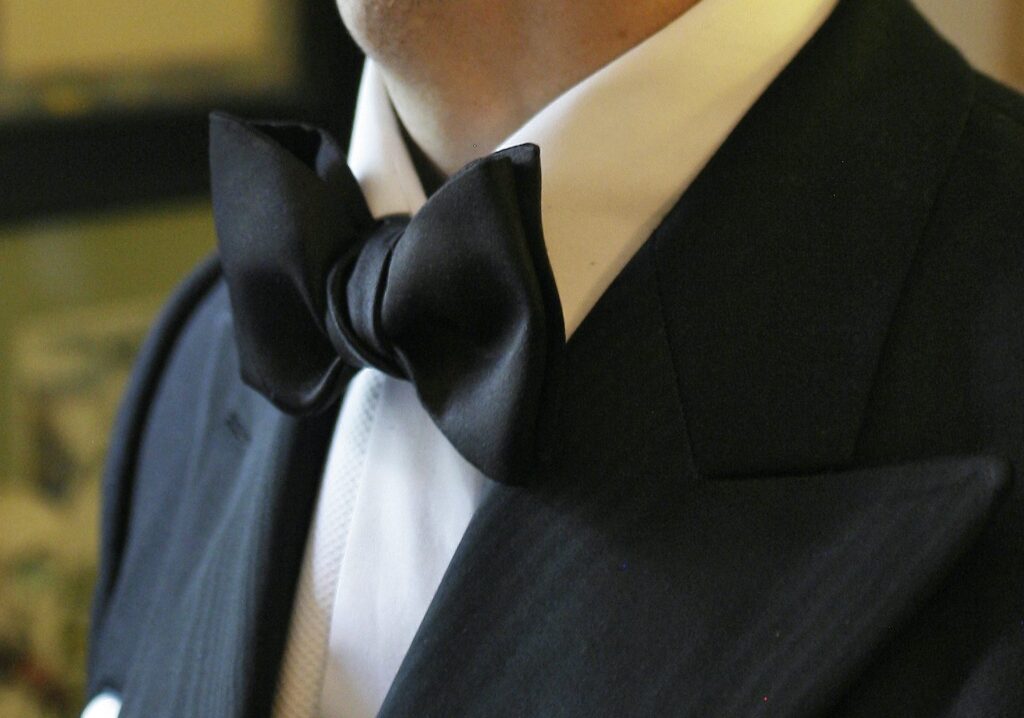
In closing
The rules of suiting aren’t meant to constrain you. They exist to enhance your self-expression. Like jazz, the beauty is in knowing the structure so you can improvise tastefully. On debonton I don’t preach perfection, I advocate awareness. Perfection, in fact, is the enemy of true elegance. Real style comes from intention, understanding, and the quiet confidence to let go of control where it matters most. A well-worn suit speaks before you do. And with just a bit of attention to detail, you can ensure it says exactly what you want.
“Elegance is nonchalance”
-Hugo Jacomet
